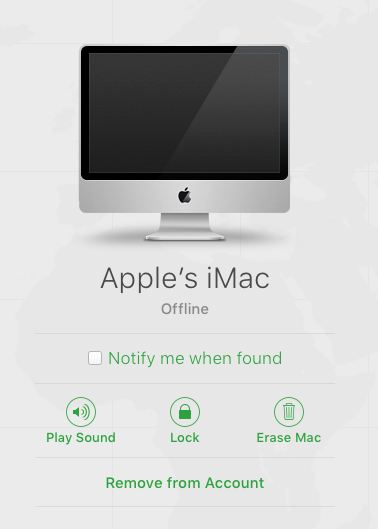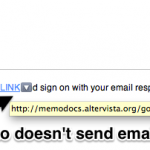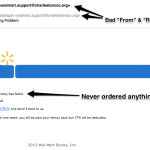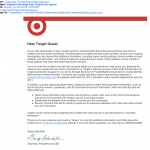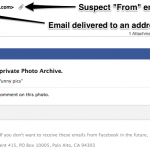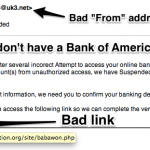 We are often asked to create a variety of different forms for our institutions: donations, events, interests, just to name a few. Many of these can be built quite easily, but when you have a particularly complex form to build sometime you need to think differently about it and employ a combination of solutions.
We are often asked to create a variety of different forms for our institutions: donations, events, interests, just to name a few. Many of these can be built quite easily, but when you have a particularly complex form to build sometime you need to think differently about it and employ a combination of solutions.
Recently the state of New Jersey pass a new hiring law dubbed the “Pass the Trash” that would “…giving New Jersey school administrators sweeping new powers to warn other districts about teachers accused of sexual abuse…“.
This change in law requires school to gather a twenty (20) year employment history on all applicants and specific information if the applicant has had direct contact with students or children.
This new law and it’s requirements presented us with a challenge of designing an application form that could gather and track all of this information.
The sheer volume of information that needs to be collected to meet the requirements is a tad overwhelming. Finding a solution that allows you to collect the required, relevant information in a way that is manageable and provides a good user interface and experience (UI/UX) is difficult.
To solve this problem I turned to two tools, Forms Manager from Finalsite – our school’s web site provider- and Google Forms.
Forms Manager gives me a way of building forms that are configurable and provide a good UI/UX experience. You can build a page that matches your schools look and feel . Elements that can be arranged in numerous ways to make for a smooth flow for data entry and by using conditional fields applicants only need to see those fields that a relevant to their needs and history.



 This coming June we will be refreshing our device fleet and celebrating what will be the 10th year our
This coming June we will be refreshing our device fleet and celebrating what will be the 10th year our 




